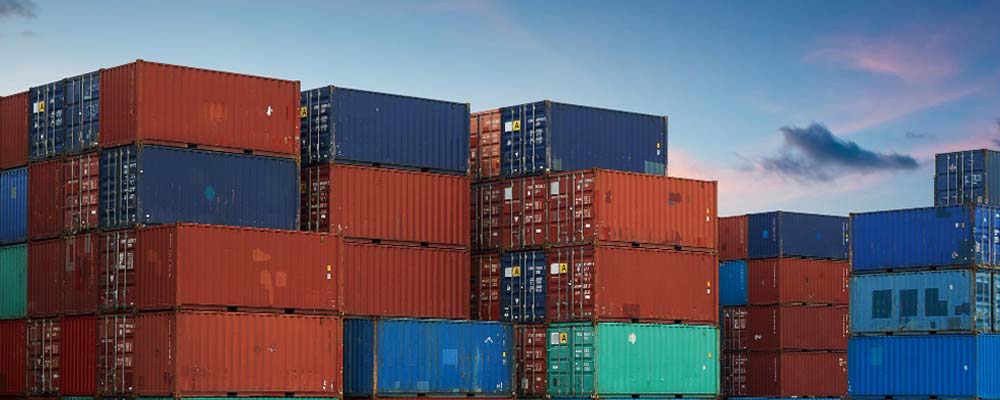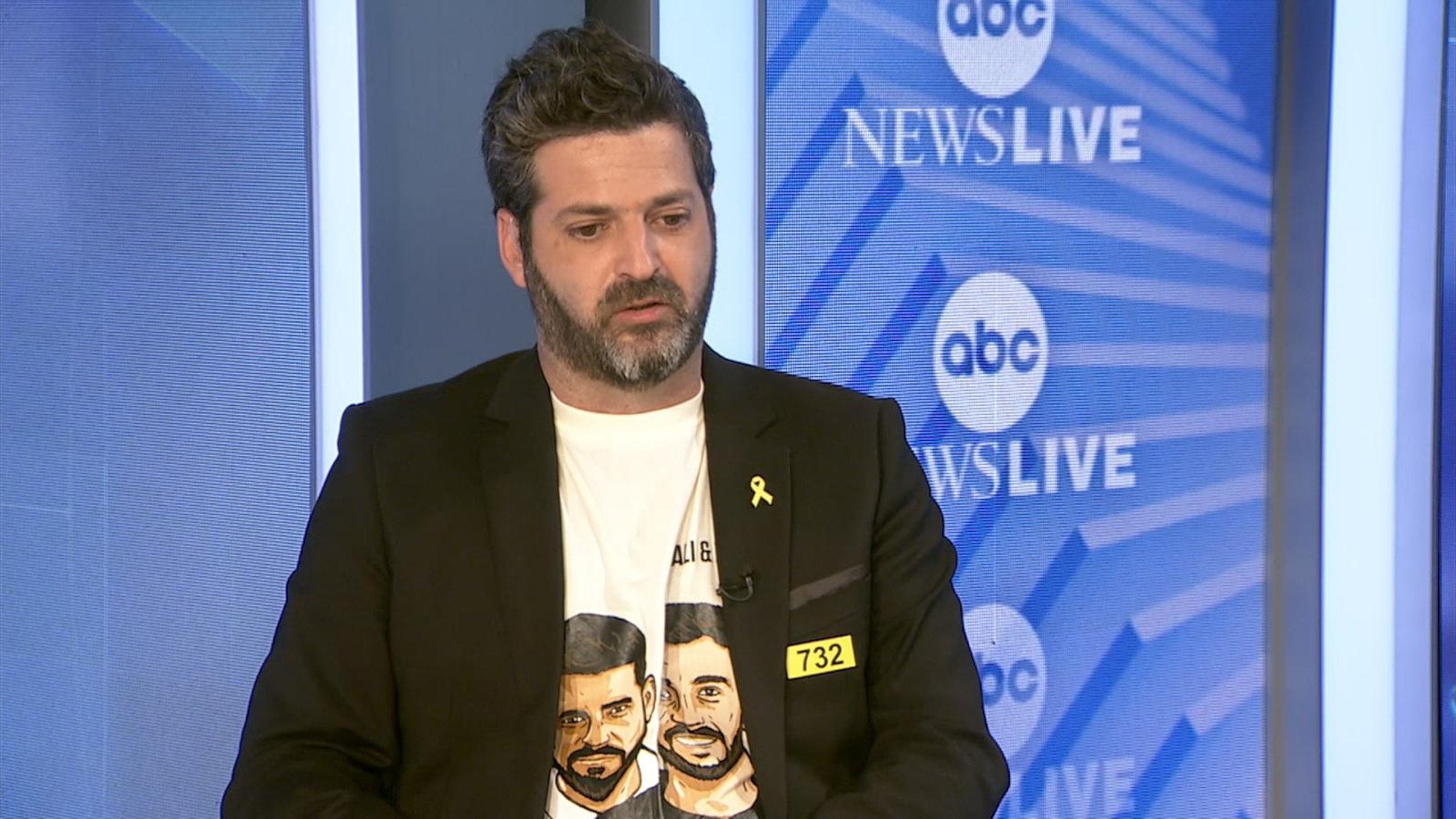Strategic Partnership to Advance Sustainable Maritime Solutions in Latin America
Executive Summary
Ocean Power Technologies (OPT), a U.S.-based provider of low-carbon marine solutions, has entered into a strategic reseller agreement with a partner in Latin America. This collaboration is aimed at deploying advanced maritime technologies within the Mexican offshore and maritime markets, directly supporting several United Nations Sustainable Development Goals (SDGs).
Agreement Details and Scope
The partnership establishes a significant commercial channel for OPT in Latin America, leveraging the regional expertise of its new partner. Key components of the agreement include:
- Market Focus: The Mexican offshore and maritime sectors, including security, energy, and commercial industries.
- Partner Responsibilities: The Latin America-based firm will manage business development, sales operations, and local technical support for OPT’s product line.
- Financial Commitment: The agreement includes a $3 million purchase commitment for OPT’s WAM-V (Wave Adaptive Modular Vessel) Unmanned Surface Vehicles (USVs).
Contribution to Sustainable Development Goals (SDGs)
This initiative strongly aligns with global sustainability objectives by promoting technology that addresses environmental and economic challenges. The partnership’s impact on the SDGs includes:
- SDG 7 (Affordable and Clean Energy) & SDG 13 (Climate Action): OPT’s core offering of low-carbon marine power solutions directly contributes to the transition towards cleaner energy sources and mitigates climate change by reducing carbon emissions in maritime operations.
- SDG 9 (Industry, Innovation, and Infrastructure): The deployment of sophisticated technologies like WAM-V USVs represents a significant advancement in maritime innovation, building resilient and sustainable infrastructure for data collection and offshore services.
- SDG 14 (Life Below Water): The USVs facilitate enhanced environmental monitoring and data collection, which are crucial for the conservation and sustainable use of oceans and marine resources. The low-carbon nature of the technology minimizes ecological disruption.
- SDG 17 (Partnerships for the Goals): The cross-border collaboration between a U.S. technology provider and a Latin American partner exemplifies the global partnerships necessary to achieve sustainable development.
Strategic Outlook
According to Philipp Stratmann, CEO of Ocean Power Technologies, this agreement is a critical step in the company’s global expansion strategy. The partnership is poised to accelerate the deployment of intelligent maritime solutions across key Mexican markets. This move not only strengthens OPT’s presence in Latin America but also reinforces its commitment to advancing sustainable technology on a global scale.
SDGs Addressed in the Article
-
SDG 7: Affordable and Clean Energy
- The article mentions that Ocean Power Technologies (OPT) is a “low-carbon marine power” provider. This directly connects the company’s solutions to the goal of promoting clean energy.
-
SDG 9: Industry, Innovation, and Infrastructure
- The focus on “intelligent maritime solutions,” “WAM-V Unmanned Surface Vehicles (USVs),” and “low-carbon marine power” highlights innovation and the development of sustainable technological infrastructure for maritime industries.
-
SDG 14: Life Below Water
- The deployment of “intelligent maritime solutions” and “data… solutions” in offshore and maritime markets implies the use of technology for monitoring and managing marine environments, which is crucial for the conservation and sustainable use of oceans.
-
SDG 17: Partnerships for the Goals
- The core subject of the article is a “reseller agreement” between a U.S.-based company and a Latin America-based partner. This international collaboration to deploy technology and services is a clear example of a partnership for sustainable development.
Specific SDG Targets
-
SDG 7: Affordable and Clean Energy
- Target 7.2: By 2030, increase substantially the share of renewable energy in the global energy mix.
- The article discusses the deployment of “low-carbon marine power” solutions in a new market (Mexico). This contributes to increasing the availability and adoption of cleaner energy technologies, aligning with the goal of increasing the share of renewables.
- Target 7.2: By 2030, increase substantially the share of renewable energy in the global energy mix.
-
SDG 9: Industry, Innovation, and Infrastructure
- Target 9.4: By 2030, upgrade infrastructure and retrofit industries to make them sustainable, with increased resource-use efficiency and greater adoption of clean and environmentally sound technologies and processes.
- The partnership aims to deploy “low-carbon marine power” and “intelligent maritime solutions.” This represents an effort to upgrade maritime infrastructure with cleaner and more advanced technologies.
- Target 9.4: By 2030, upgrade infrastructure and retrofit industries to make them sustainable, with increased resource-use efficiency and greater adoption of clean and environmentally sound technologies and processes.
-
SDG 14: Life Below Water
- Target 14.a: Increase scientific knowledge, develop research capacity and transfer marine technology… in order to improve ocean health and to enhance the contribution of marine biodiversity to the development of developing countries.
- The agreement facilitates the transfer of advanced marine technology (“intelligent maritime solutions,” “data… solutions,” “USVs”) to Mexico. This technology can be used for data collection and monitoring, thereby increasing scientific knowledge and research capacity related to the marine environment.
- Target 14.a: Increase scientific knowledge, develop research capacity and transfer marine technology… in order to improve ocean health and to enhance the contribution of marine biodiversity to the development of developing countries.
-
SDG 17: Partnerships for the Goals
- Target 17.16: Enhance the Global Partnership for Sustainable Development, complemented by multi-stakeholder partnerships that mobilize and share knowledge, expertise, technology and financial resources.
- The article describes a cross-border partnership between a U.S. company and a Latin American partner to share technology (USVs), expertise (technical support), and mobilize financial resources (a $3 million purchase commitment).
- Target 17.16: Enhance the Global Partnership for Sustainable Development, complemented by multi-stakeholder partnerships that mobilize and share knowledge, expertise, technology and financial resources.
Indicators for Measuring Progress
-
Implied Indicator for Target 7.2 & 9.4
- Indicator: Adoption of low-carbon technologies in new markets.
- While not a formal UN indicator, the article provides a concrete example of progress: the signing of an agreement to deploy “low-carbon marine power” solutions in the Mexican market. This action serves as a qualitative indicator of technology transfer and adoption.
- Indicator: Adoption of low-carbon technologies in new markets.
-
Implied Indicator for Target 14.a & 17.16
- Indicator: Financial investment in marine technology transfer.
- The article explicitly states a “$3 million purchase commitment for OPT’s WAM-V Unmanned Surface Vehicles (USVs).” This financial figure is a direct, quantifiable indicator of the mobilization of financial resources for the purpose of transferring marine technology, which supports progress towards this target.
- Indicator: Financial investment in marine technology transfer.
-
Implied Indicator for Target 17.16
- Indicator: Formation of international private-sector partnerships for technology deployment.
- The existence of the “new reseller agreement” itself is an indicator. The article details a partnership formed to expand a company’s “commercial footprint across Latin America,” which directly reflects the establishment of a partnership to achieve strategic goals.
- Indicator: Formation of international private-sector partnerships for technology deployment.
Summary Table: SDGs, Targets, and Indicators
| SDGs | Targets | Indicators |
|---|---|---|
| SDG 7: Affordable and Clean Energy | 7.2: Increase substantially the share of renewable energy in the global energy mix. | Deployment of “low-carbon marine power” solutions in a new market (Mexico). |
| SDG 9: Industry, Innovation, and Infrastructure | 9.4: Upgrade infrastructure and retrofit industries to make them sustainable… with greater adoption of clean and environmentally sound technologies. | Adoption of “intelligent maritime solutions” and “Unmanned Surface Vehicles (USVs)” for maritime markets. |
| SDG 14: Life Below Water | 14.a: Increase scientific knowledge, develop research capacity and transfer marine technology. | A “$3 million purchase commitment” for marine technology (USVs), indicating financial investment in technology transfer. |
| SDG 17: Partnerships for the Goals | 17.16: Enhance the Global Partnership for Sustainable Development… that mobilize and share knowledge, expertise, technology and financial resources. | The formation of a “reseller agreement” between a U.S. and Latin American company to share technology and provide technical support. |
Source: marinetechnologynews.com







